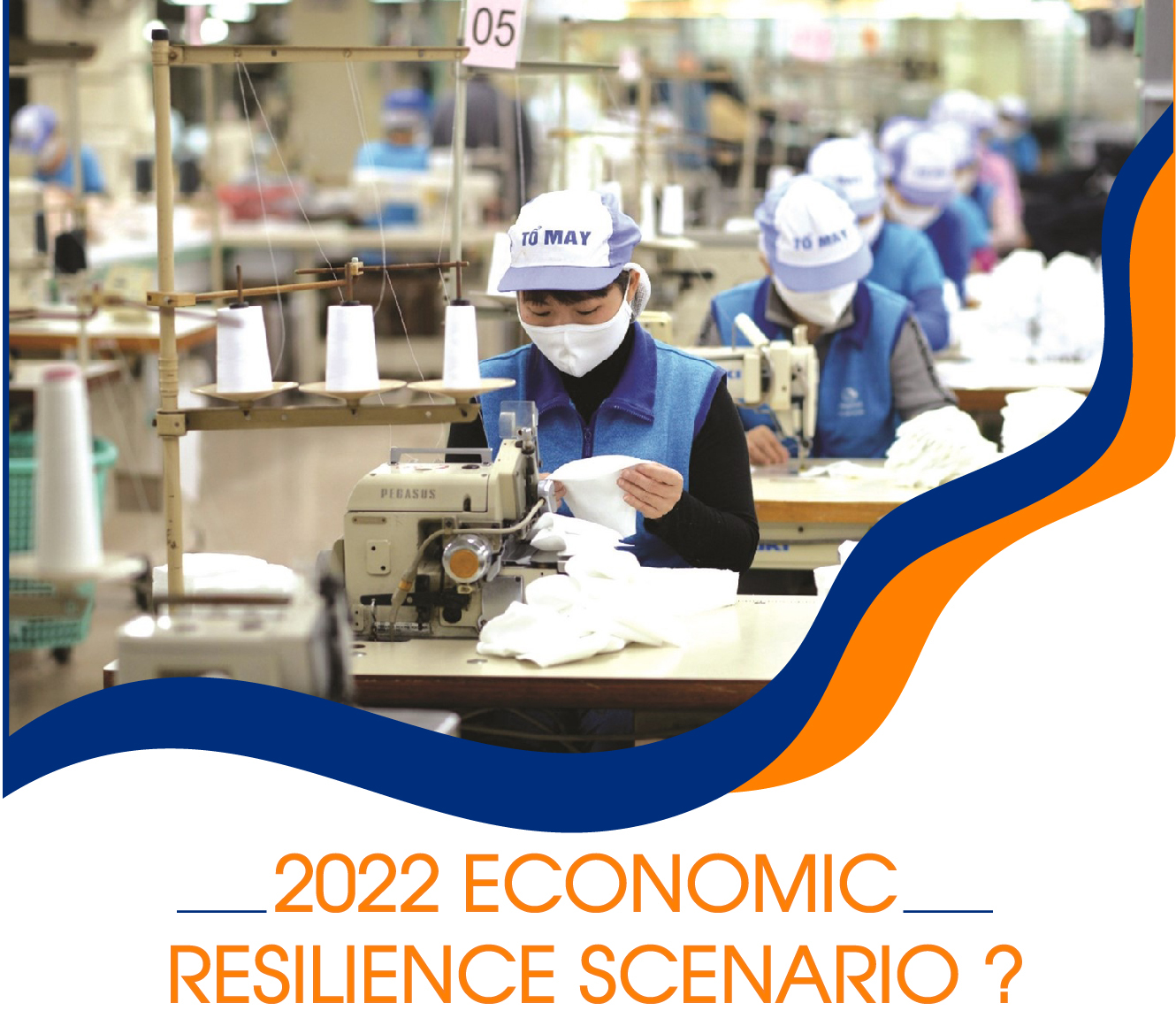

Could you please share something about your evaluations on the garment and textile industry’s resilience in the last three months of 2021?

Mr. Duc Giang: Our statistics unveiled that the first 9 months of 2021 were recognized with the garment and textile industry’s hit of approximately US$ 29 billion, an increase of 13% against the same period of last year. Although 2021 was generally found with better PO volume and unit price against that in 2020, high pressure was suffered from prolonging epidemic-related lockouts.
Particularly, 4-month, 2-month, and 2-month lockouts were initiated in the South, the Central, and the North of Vietnam, respectively. This resulted in a big production deficit and POs were moved to other markets by myriad partners to satisfy the retailer system’s delivery pressure and seasonal characteristics of fashion.

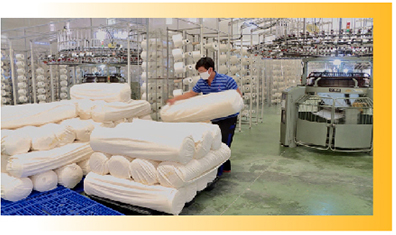
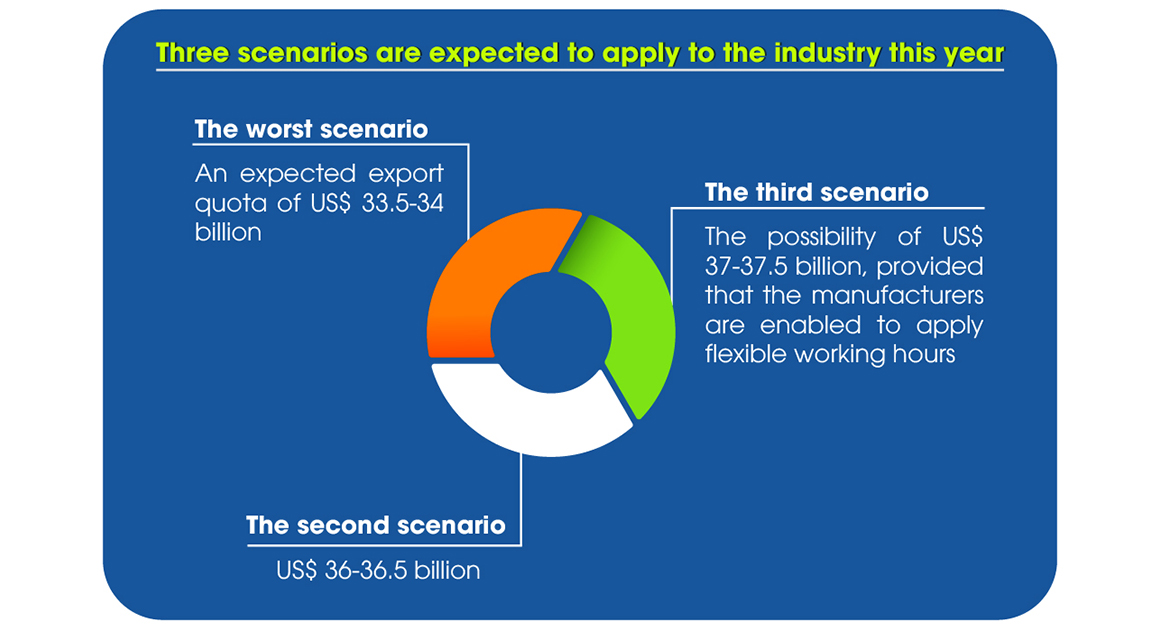
On the other hand, the economic status can be recovered in the last 3 months of 2021 depending on the localities that should improve trade and have consistent policies in disease control and economic development.
What do you mean about consistency in pandemic prevention and control policies for economic growth enhancement?
Mr. Duc Giang: Difficulties are not only struggled by garment and textile industry alone as the traffic blockage among localities is recognized, resulting in a break in the supply chain as well as traveling of experts and business owners. Ho Chi Minh City is a good example. Most enterprises are supported by plants located in neighboring areas such as Binh Duong, Long An, etc., smooth inter-provincial trading is required. That is why we are suggesting that the local authorities are assigned with the consistent epidemic control-associated economic development goals by the Government.
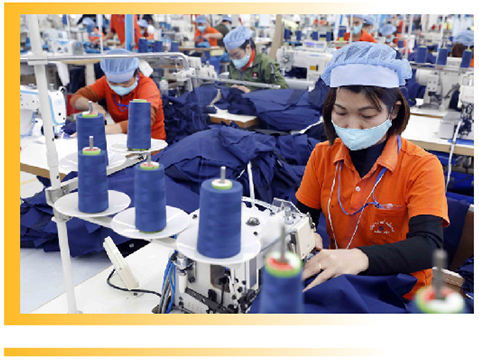
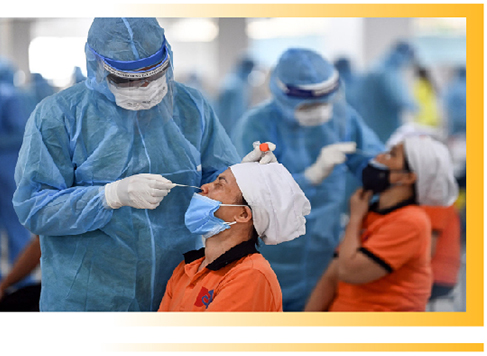
Particularly, the Ministry of Health is recommended to accelerate the vaccine allocation to the areas to vaccinate workers and their relatives. When the full vaccine coverage is recognized, the areas should bravely “open door” instead of requiring “3-on-site” targets for the enterprises today.
To successfully realize the above policies, synchronous solutions should be worked out so that no difference is found in any corner of Vietnam. Accordingly, smoothness may be created in the traffic affairs as well as joint-development mechanisms for the players. The hearts of players and their foreign clients may be successfully conquered so that POs may not be withdrawn.
Since 1st October, Ho Chi Minh City is under “new ordinary status”, resulting in a large wave of difficult labor rushing back to the homeland for COVID-19 prevention. What are contingencies made to avoid labor deficit by the garment and textile enterprises?
Mr. Duc Giang: Labor from Ho Chi Minh City, Binh Duong, and Dong Nai, etc., rushing back to their homeland is known as an extremely significant challenge not only for garment and textile enterprises. We think that if the “open door” is put in a new normal status for the dual goal of fighting the pandemic and developing socio-economy, approximately 65% of labor shall assume to work as those coming back to homeland may be difficult to pursue to return to the work. Moreover, many workers are not fully vaccinated and the open door is not synchronously launched by the localities. Hence, jobs may not be successfully looked for. In response to such context, many players are planning to conduct new hires and training and invest in automation to reduce the workforce from unnecessary phases.
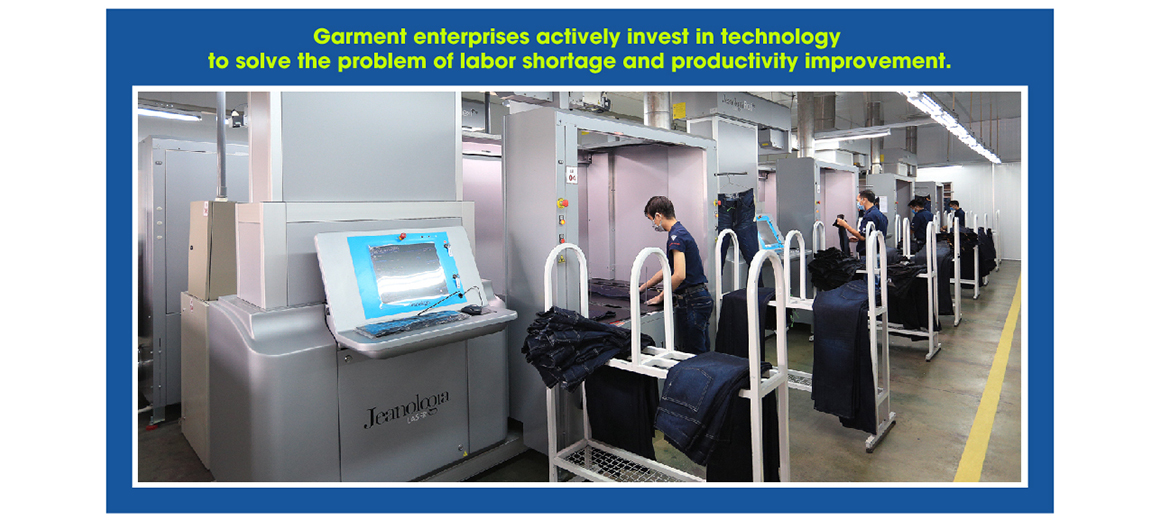
VITAS has proposed the Ministry of Labour and Social Affairs (MOLISA) submit the National Assembly to amend the new Labor Code for the coming time.

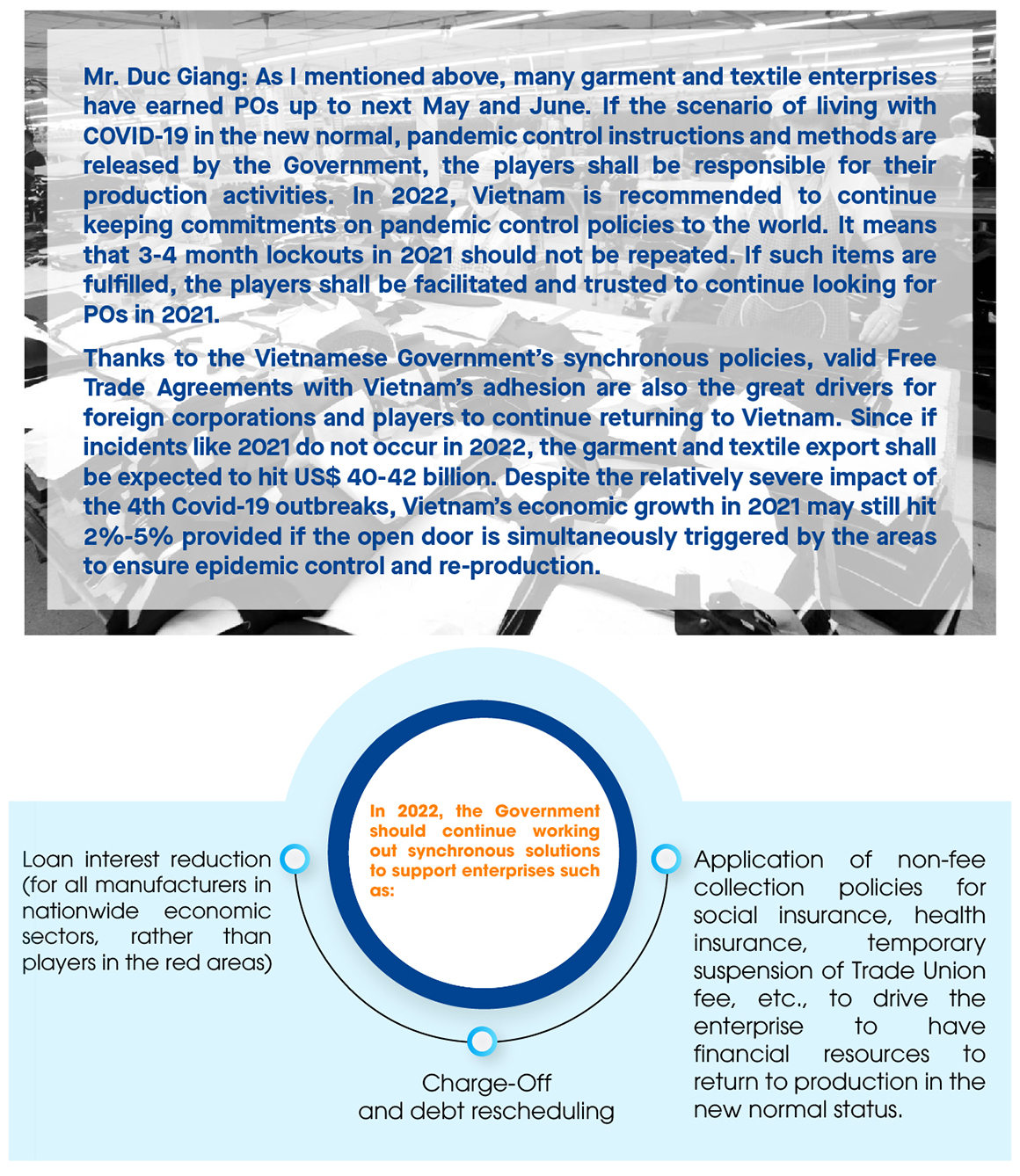
The 2022 economic growth goals shall be successfully fulfilled if such things are well done.
Thank you very much Mr. Vu Duc Giang for sharing such helpful information!

Dr. Bui Tat Thang, former General Director of Institute of Development Strategy (Ministry of Planning and Investment) assumed that it is required to recognize the opportunities to recover the restrictions on territorial space arrangement, which the relation between industrialization and modernization and urbanization has been mentioned for a long time. “Ocean of tasks must be fulfilled, from my point of view, the most important thing at this moment is that the good consistency between the message and enforcement, between the Central and Local authority in every policy. The economic restructuring solutions must be specifically approached from the more practical development space. Meanwhile, the set goal is to make use of opportunities from the fast recovery trend of the big economy, then, structure reform and improvement of economic resistance should be cemented with job support and an increase in sustainable income for the workers. In this way, the new opportunities from economic restructuring plans may be grasped by not only enterprises, investors but also local persons. Accordingly, self-upgrades and standardization shall be initiated”.
Ass. Prof. Dr. Tran Dinh Thien, former General Director of Vietnam Institute of Economics revealed that although epidemic fighting is a priority task, it is still required to accelerate the public investment capital disbursement to drive the growth. This is because enhancing the public investment capital disbursement is known as a critical and urgent task as well as a good driver for general demand, economic growth, job generation, income, and living standard improvement for the workers.
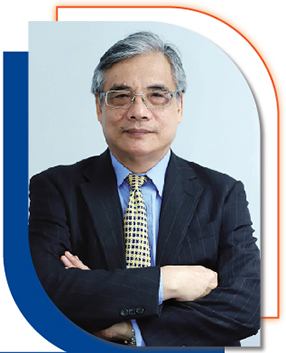
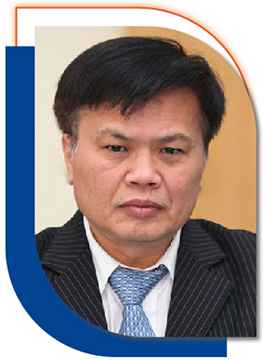
Dr. Nguyen Dinh Cung, former General Director of the Central Institute for Economic Management, specified that the economy should be powered by a National Level Recovery and Development Program with the engagement of the entire political system. The enterprises, local persons, and economy are shouldered by an unprecedented extremely severe impact. A series of big problems have arisen. Some contents of the approved 5-year Socio-Economic Development Plan in the period of 2021 – 2025 shall be changed. Therefore, the Economic Recovery and Development Committee should be established to promptly elaborate the acts and policies required for Vietnam economics recovery. The Committee shall design and develop an Economic Recovery Program with aims to accelerate the economics and subsistence of the local persons and enterprises, promoting the growth.
Mr. Nguyen Xuan Thanh, Economic Expert from Fulbright School of Public Policy and Management suggested: “Economic recovery policies for the last months of 2021 which are only based on support packages may be too late to effect in 2021. Quarter IV economic recovery is only backed by the step-by-step door opening roadmap. Epidemic control and risk management are initiated by compliance and monitoring, instead of required license applications by the enterprises. When the sustainable and safe adaption is obtained from the door opening, all licenses and permits should be removed so that the players may return to their operation, especially in the fields of transportation and logistics”.





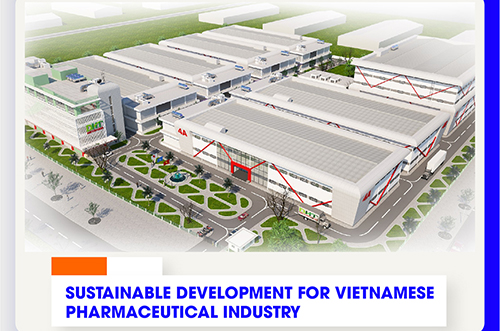



Comment